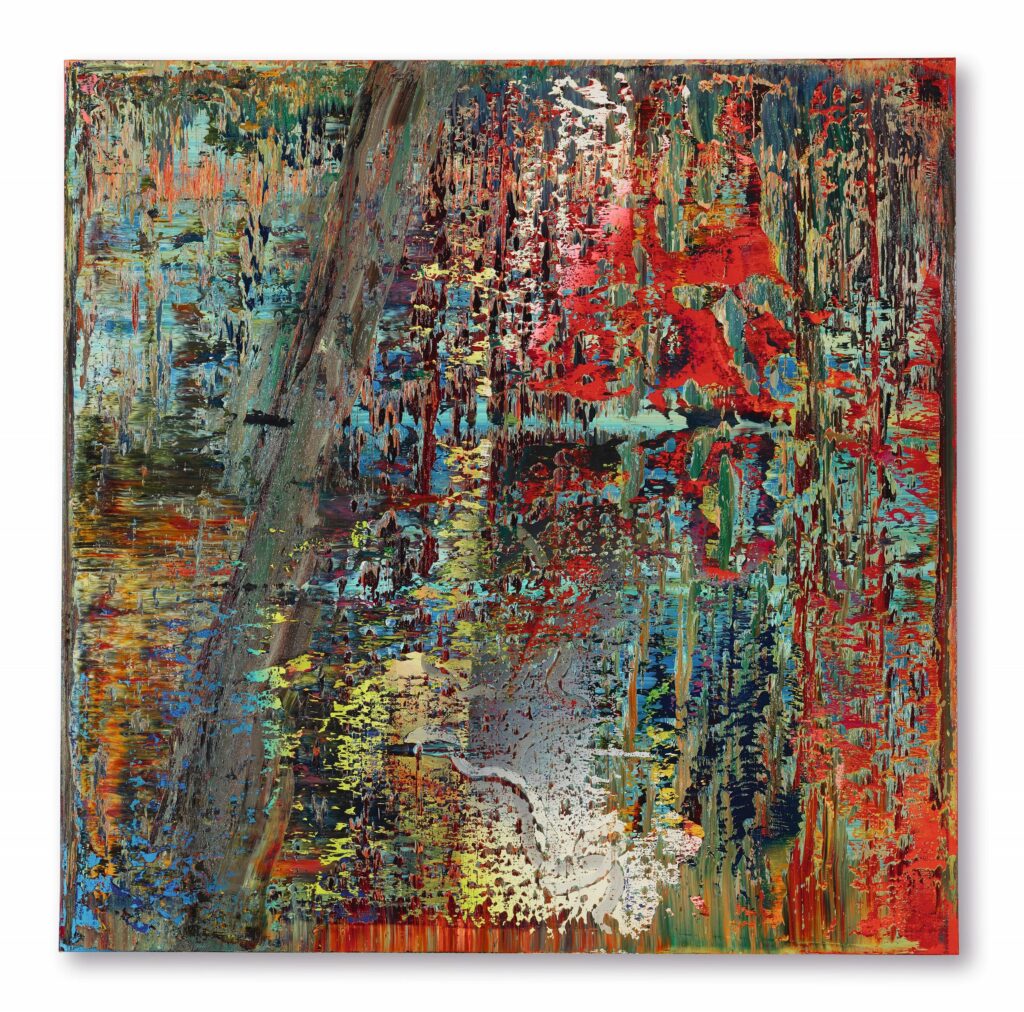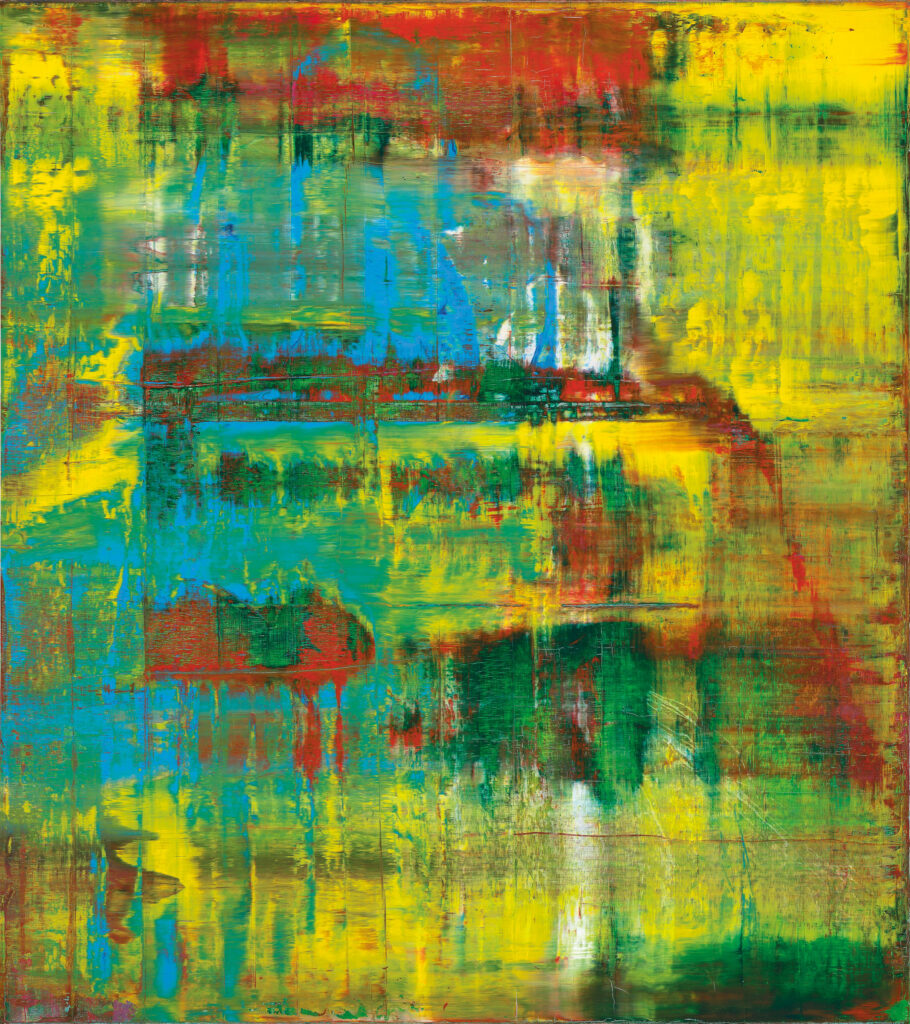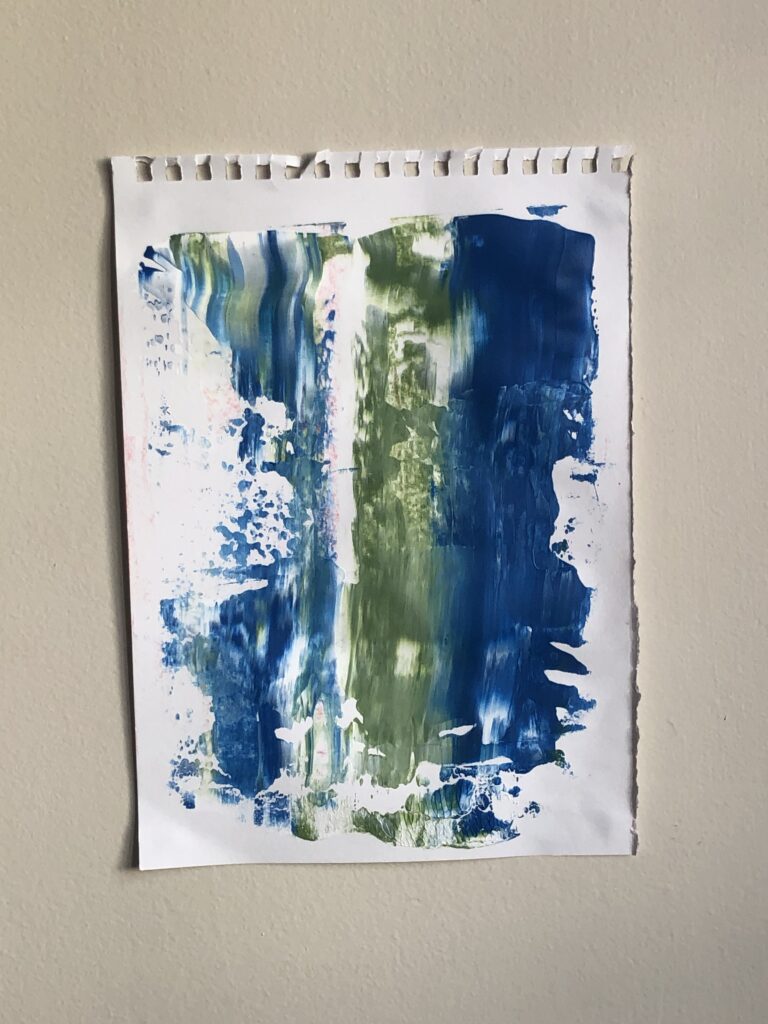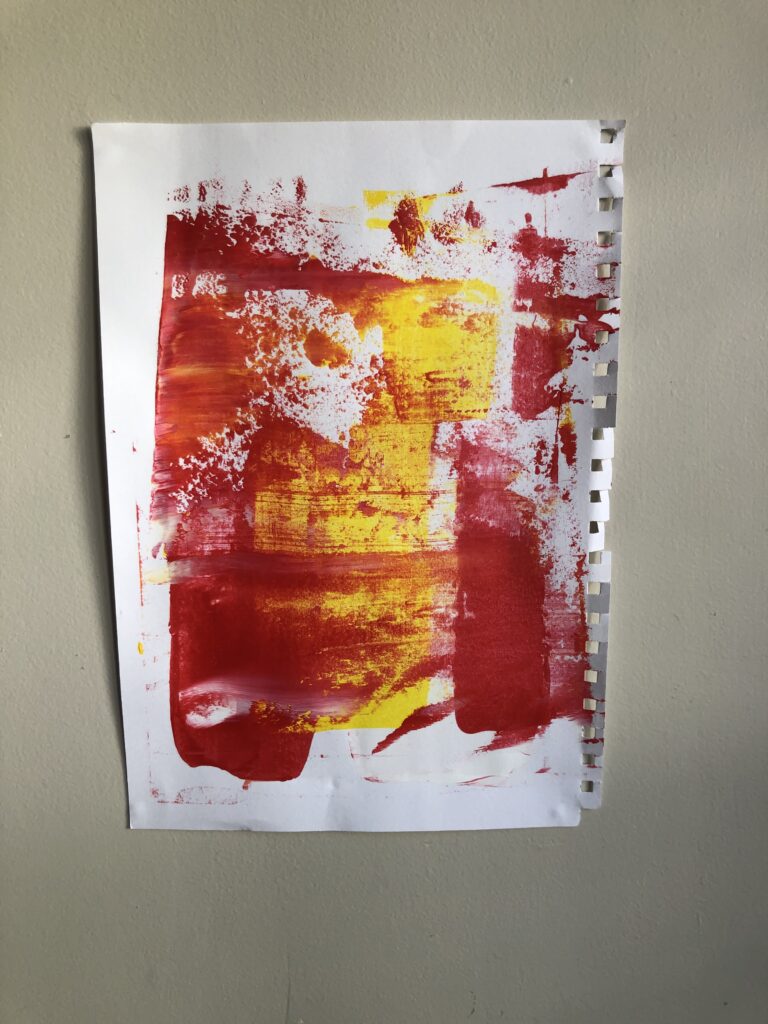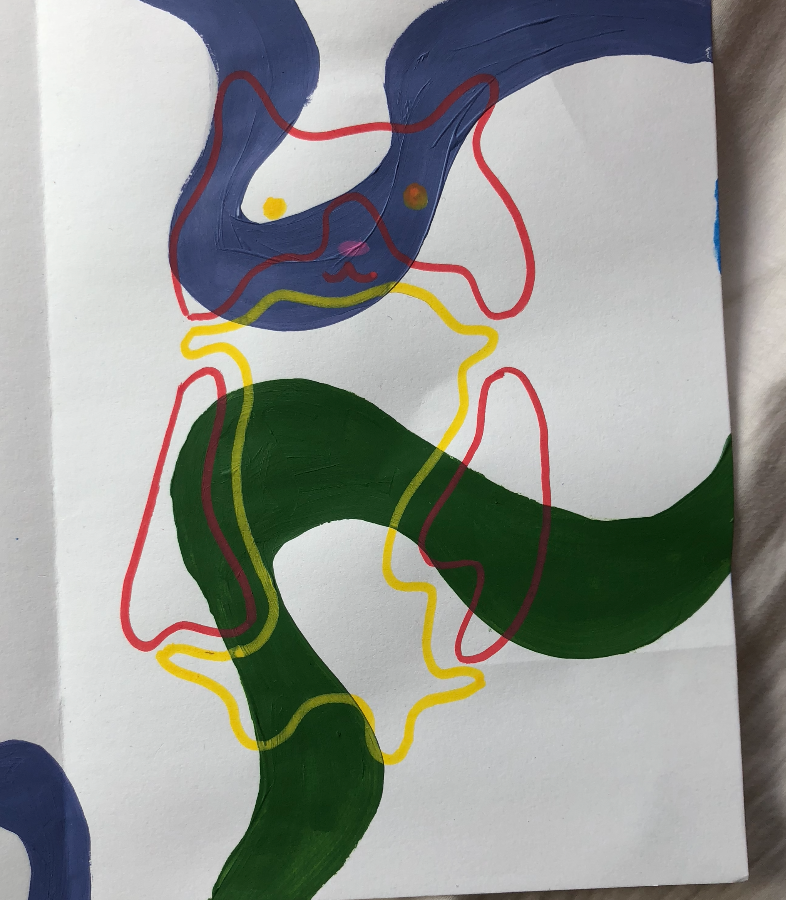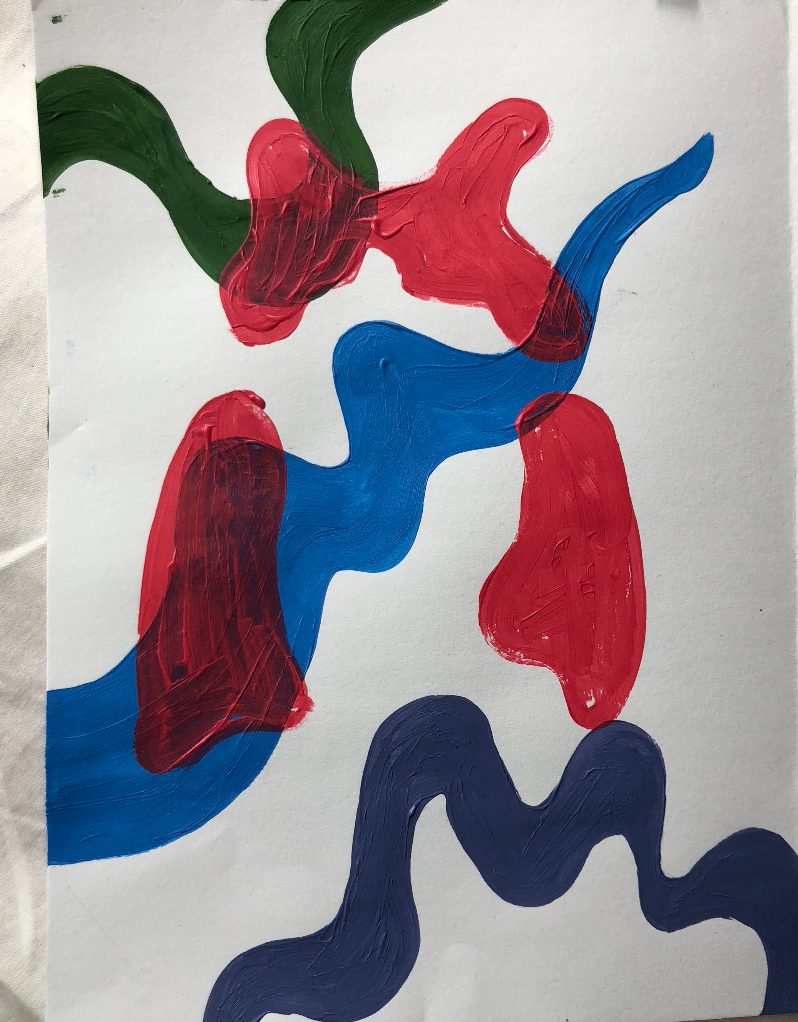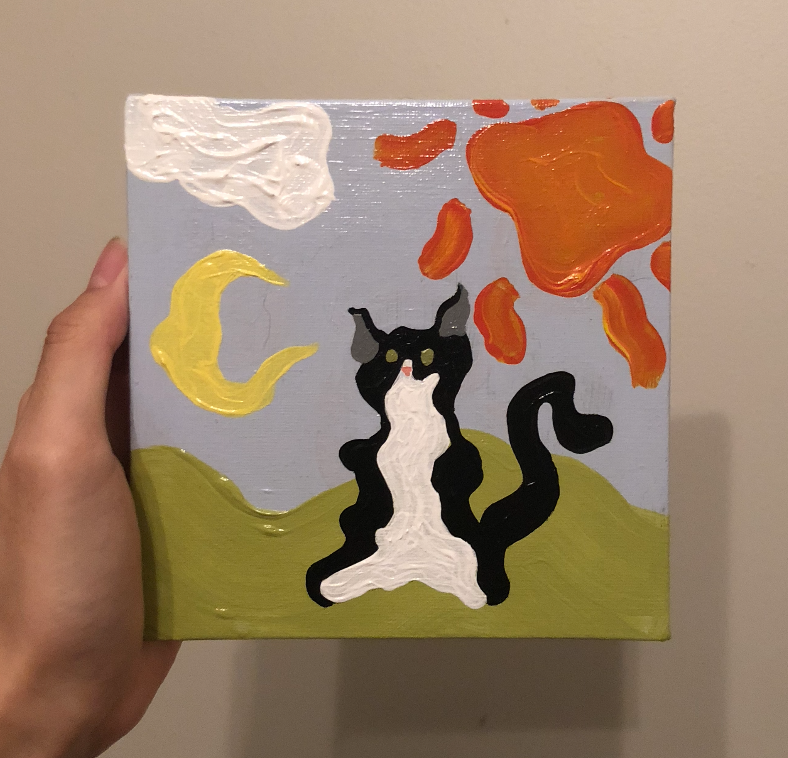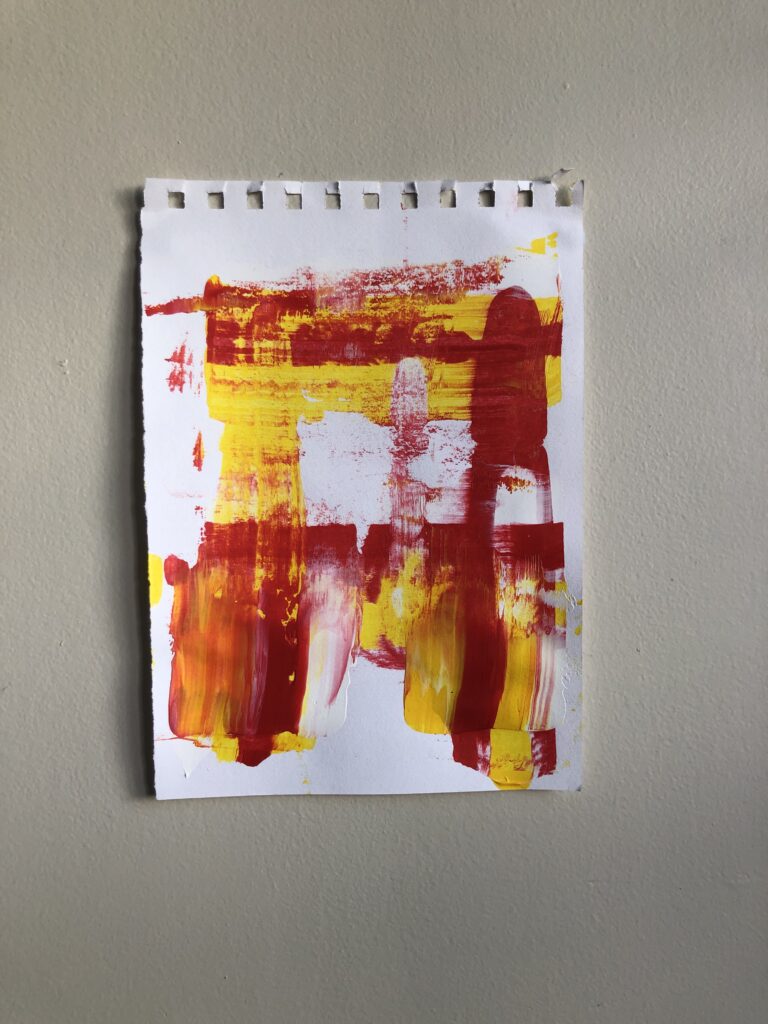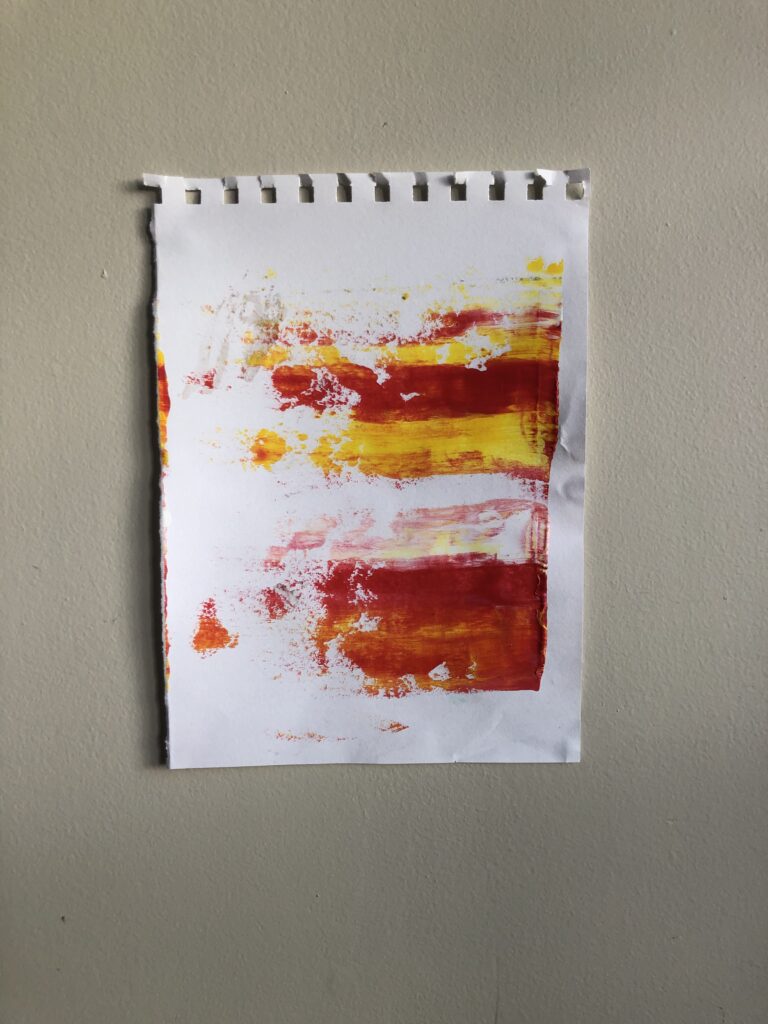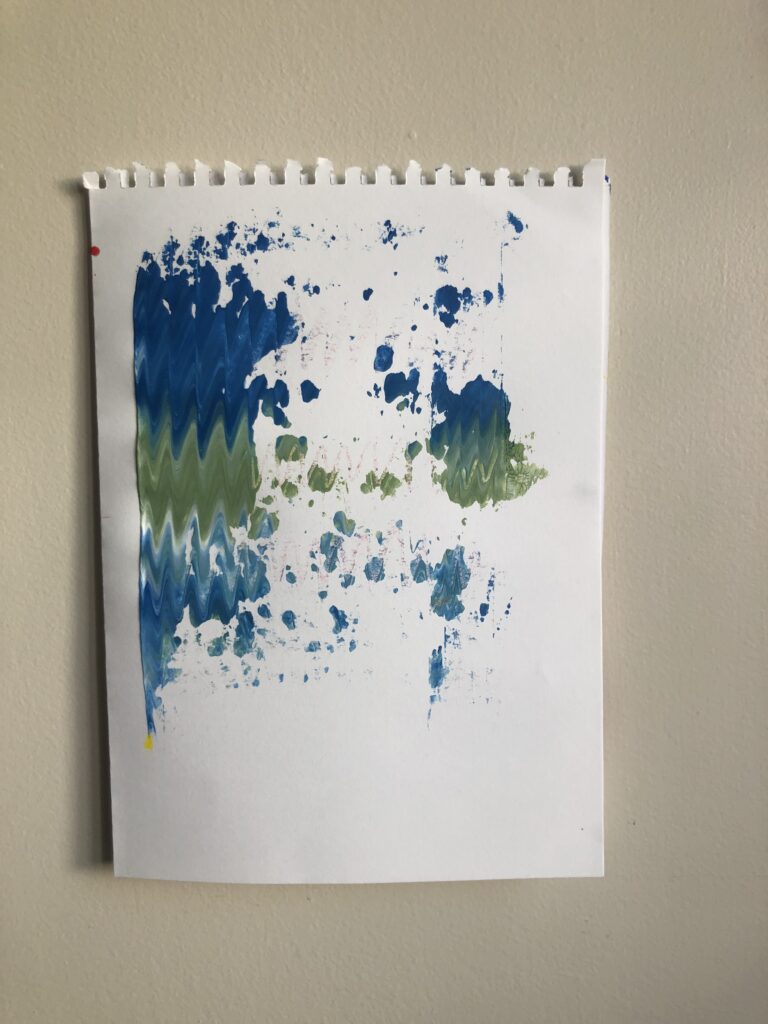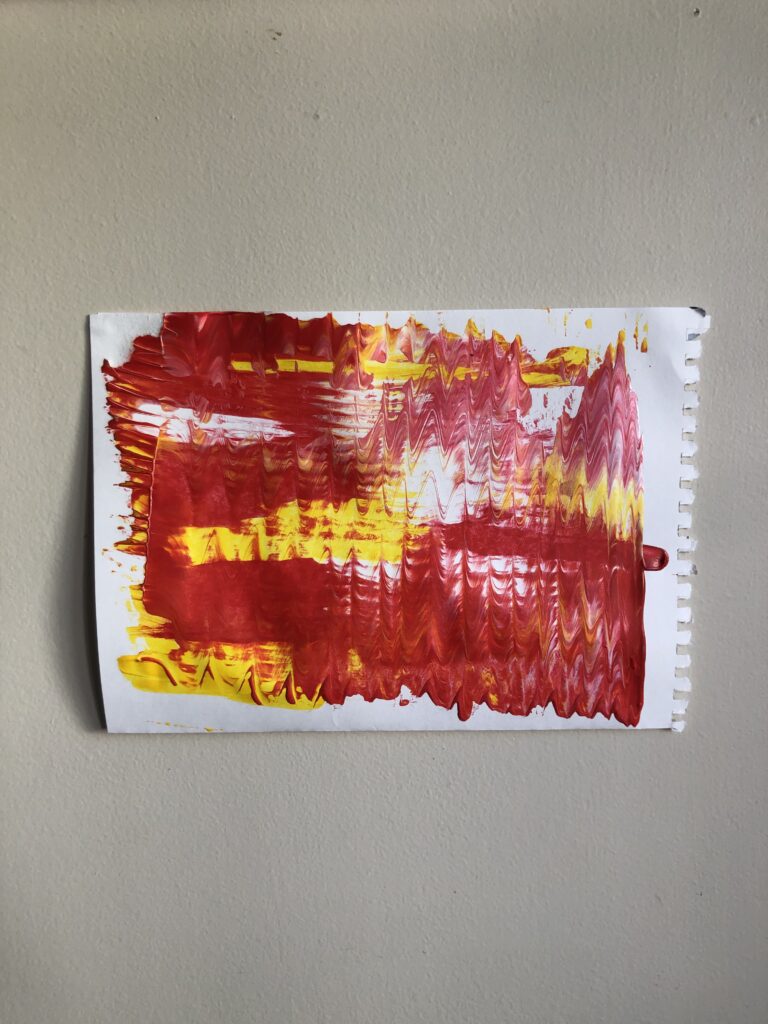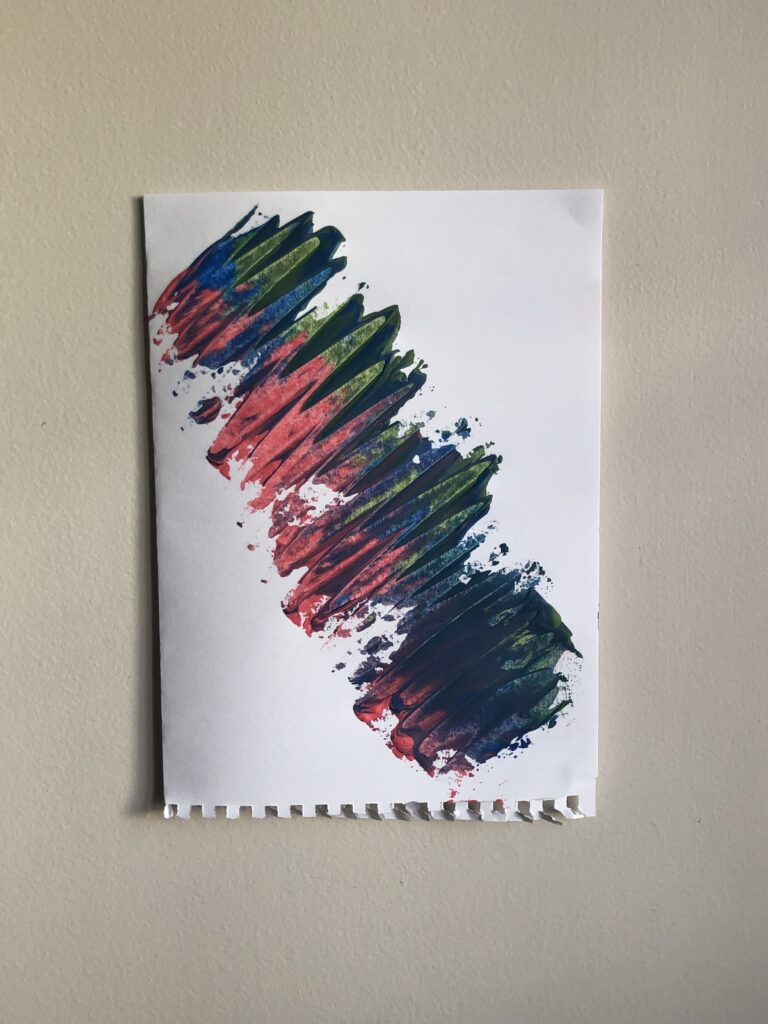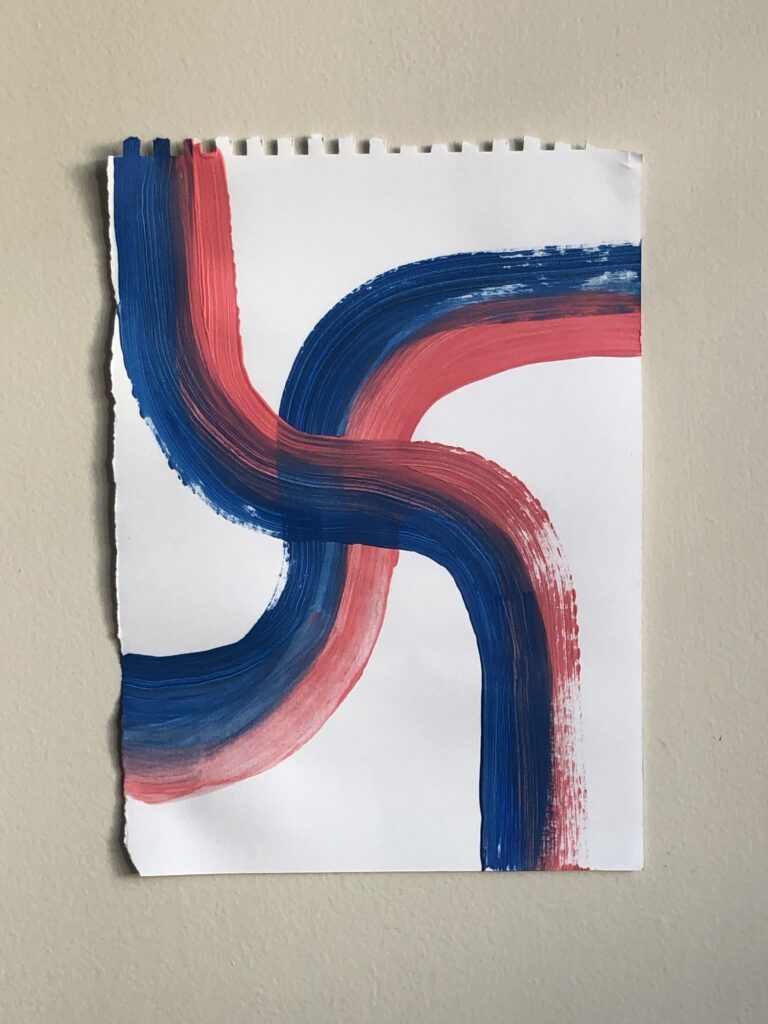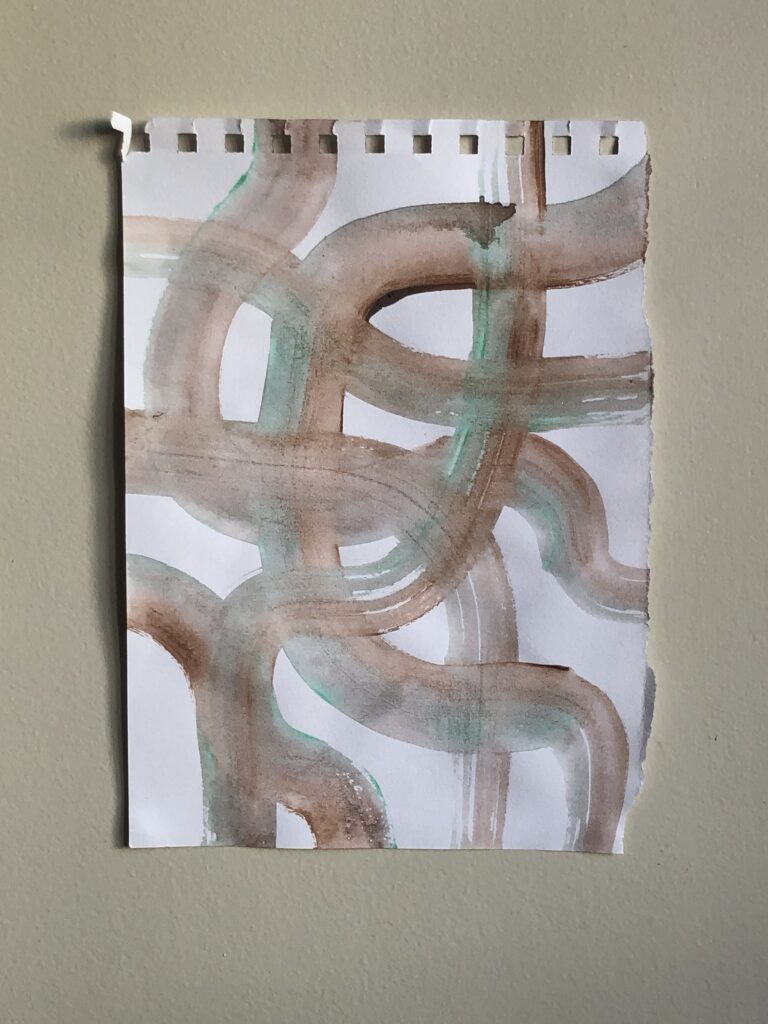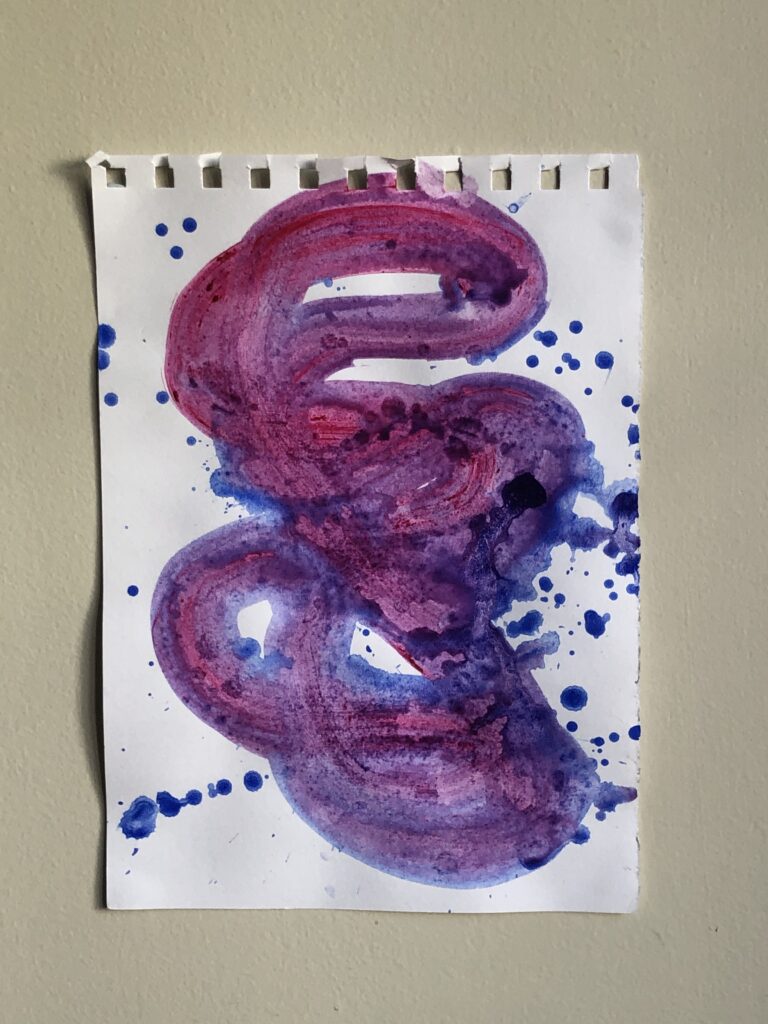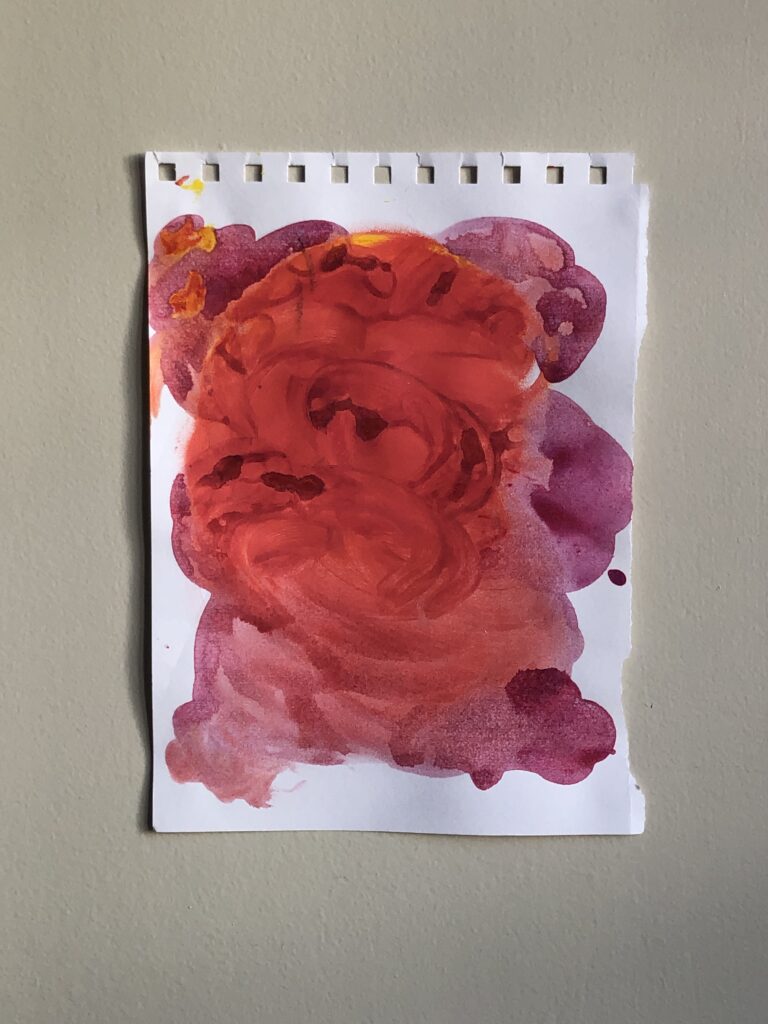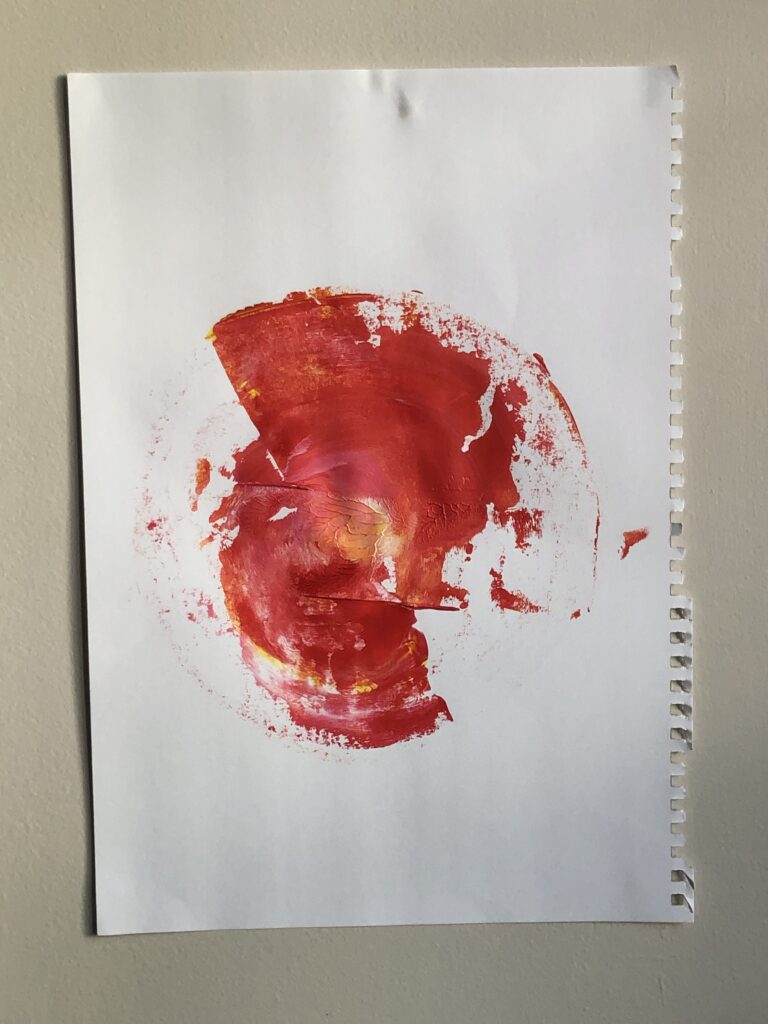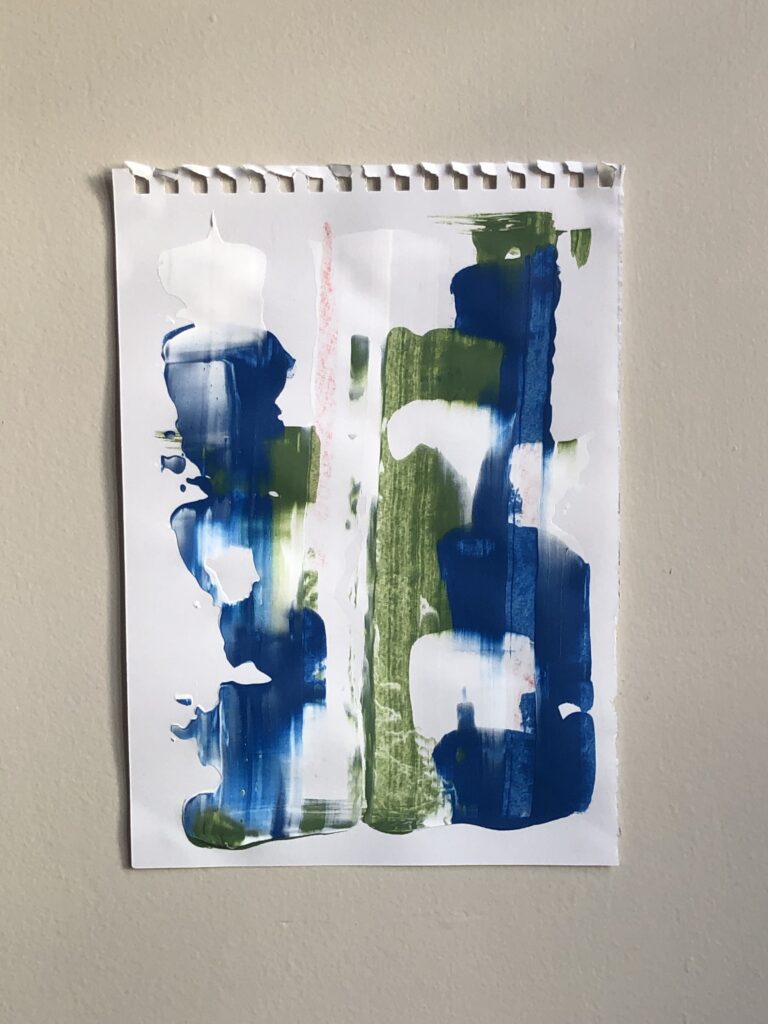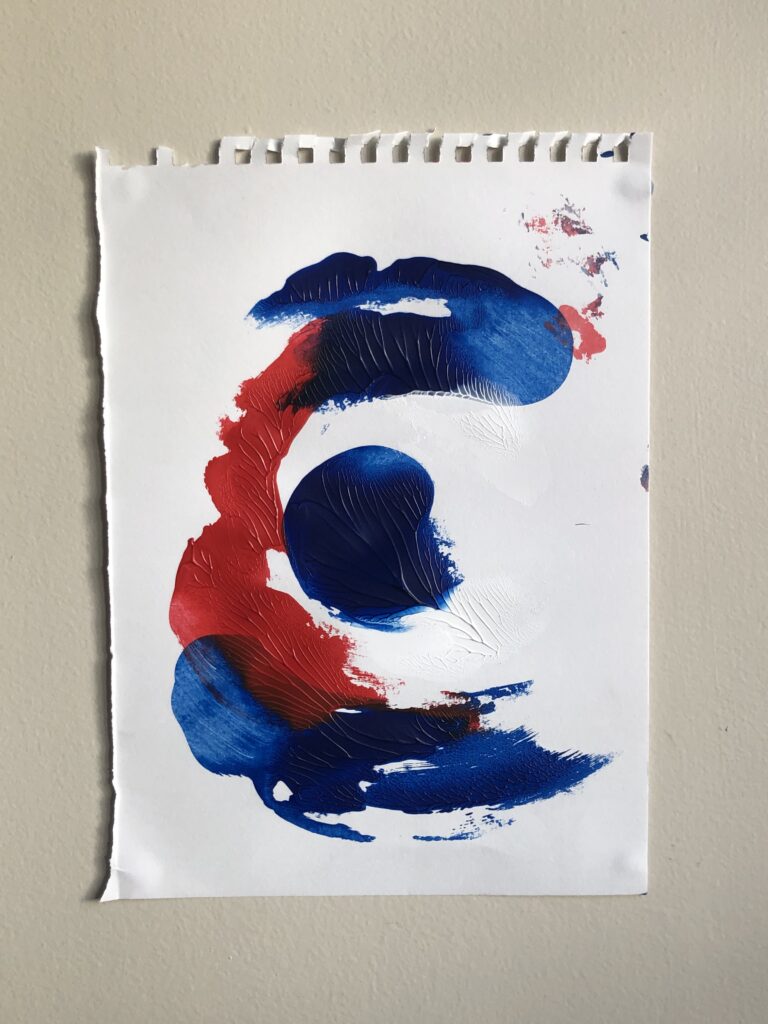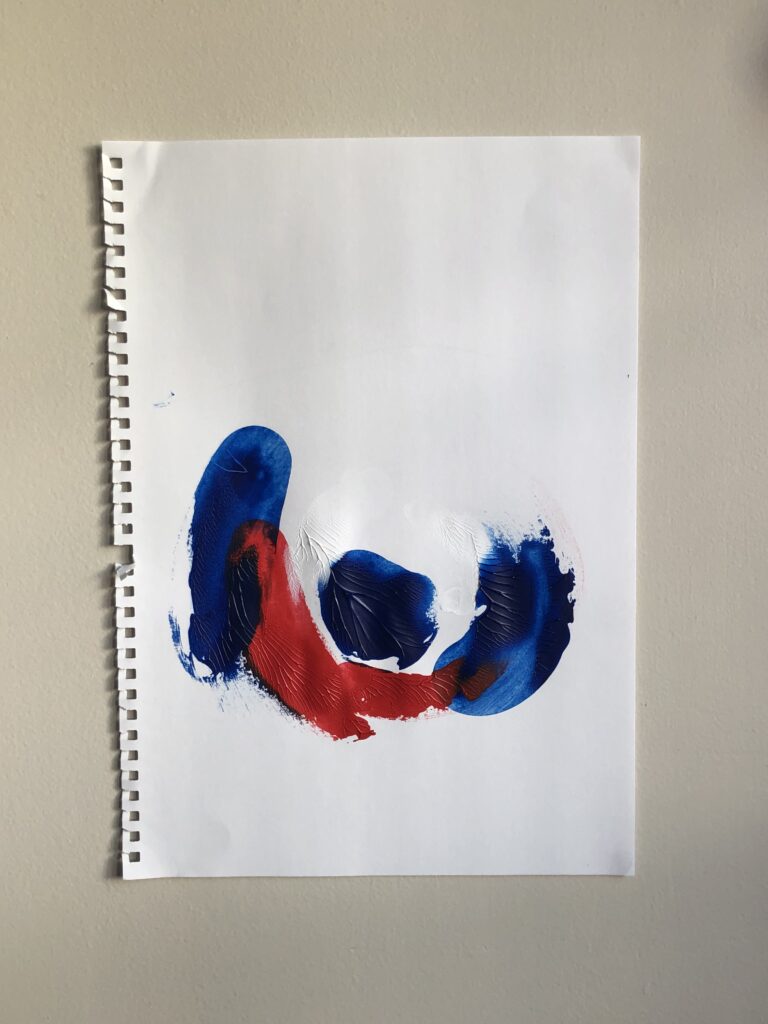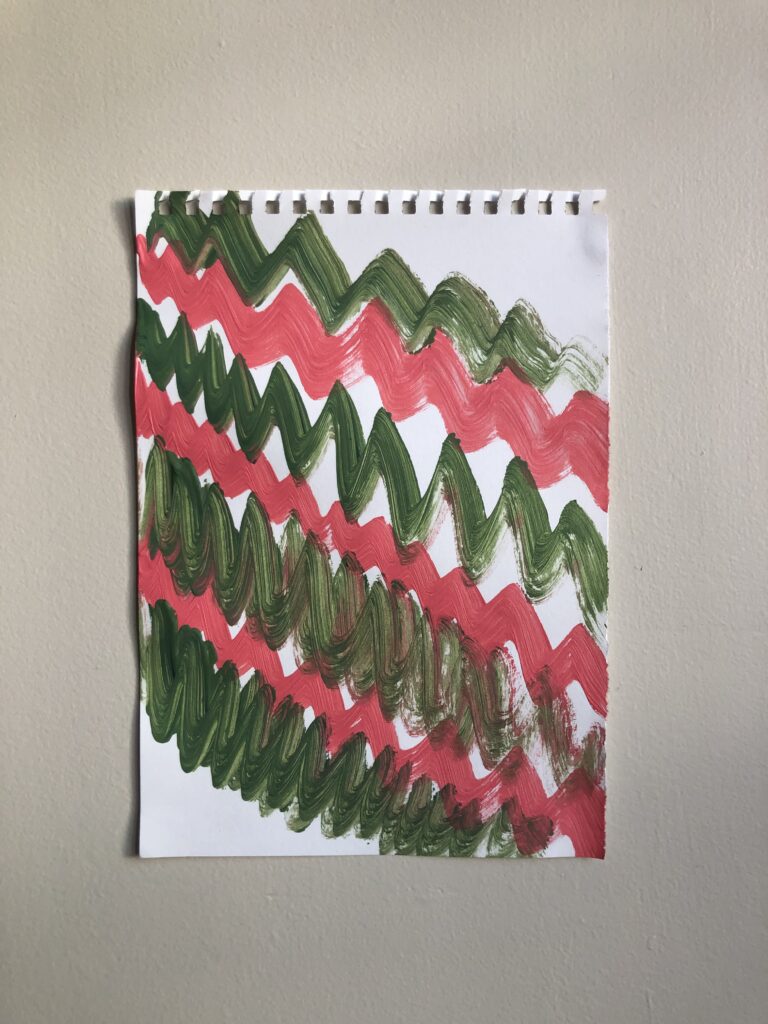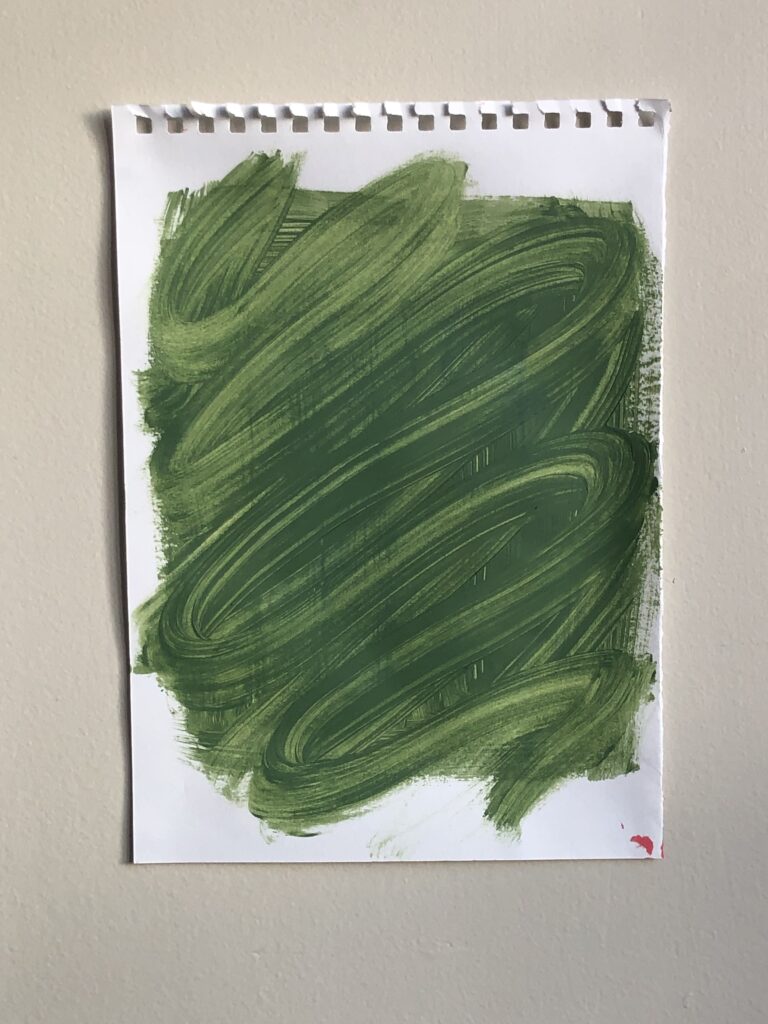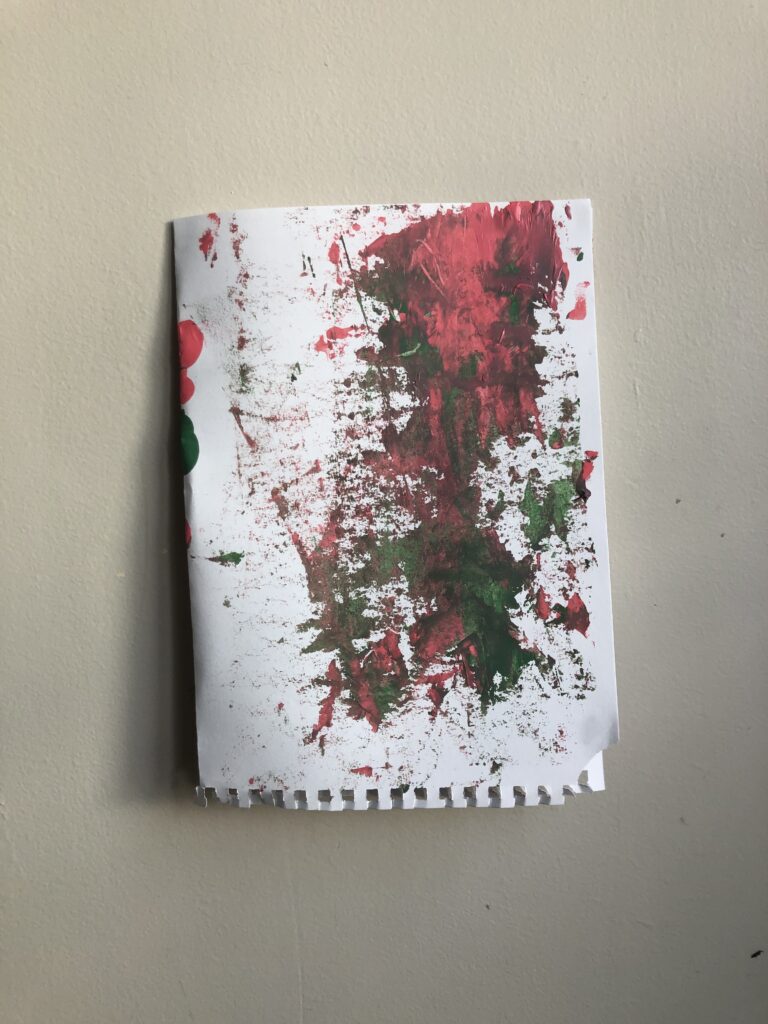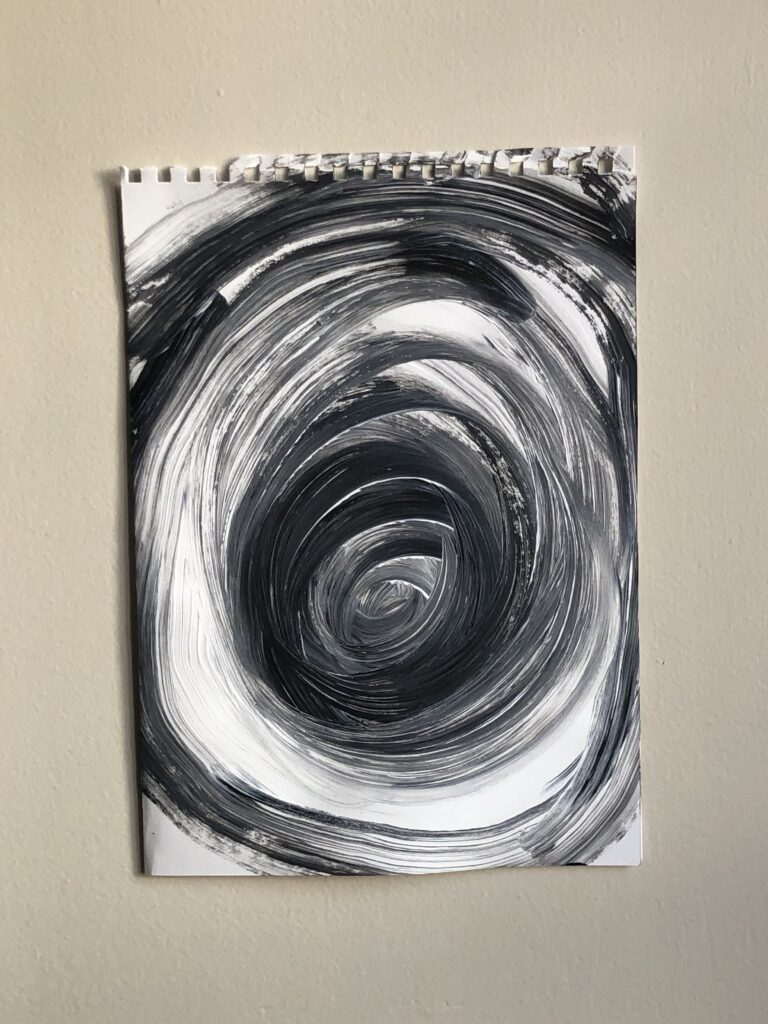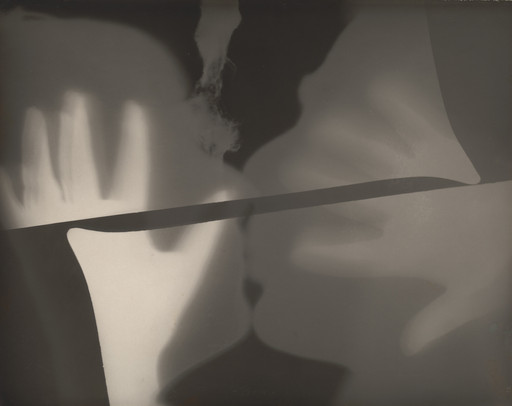The two artworks I chose for this summary are “friends” and “empty cat”. I think these artworks are both my personal favourite pieces. I like “empty cat” since I think it’s the best artwork from when I combined the things we did from week one and two. Although it is not as good as I want it to be, I do like the brush strokes that you can see from the shapes, and the transparency of the cat. However, I do wish the cat was more centered, as it did bother me quite a bit when I looked at it after I finished. My second piece “friends” is an artwork I do like. First for biased reasons, as these two cats are living with me. But I also like how simple it is. It doesn’t have a lot of detail, but I do like how everything is very solid looking. The cat on the right (Mei) didn’t end up looking good on the painting, but other than that, I think it turned out ok. If I had more time within this brief, I would have liked to try new techniques, and to improve my skills overall, and to get more comfortable with painting. If I did so, I know that I would’ve thought of more creative ways to turn the images into paintings.
Overall, I would say that I struggled a bit with this brief. I’m obviously not the most skilled painter, so I was quite critical towards my work. With that being said, there were still some enjoyable parts within the past few weeks. I really liked the first weeks brief, since I was able to just do what I wanted to do. I think what made it so fun was that there was no reference images to compare it to, and that it didn’t look like an object. It was just whatever and was a good feeling to not have something to compare it to.

“empty cat” 
“friends”

